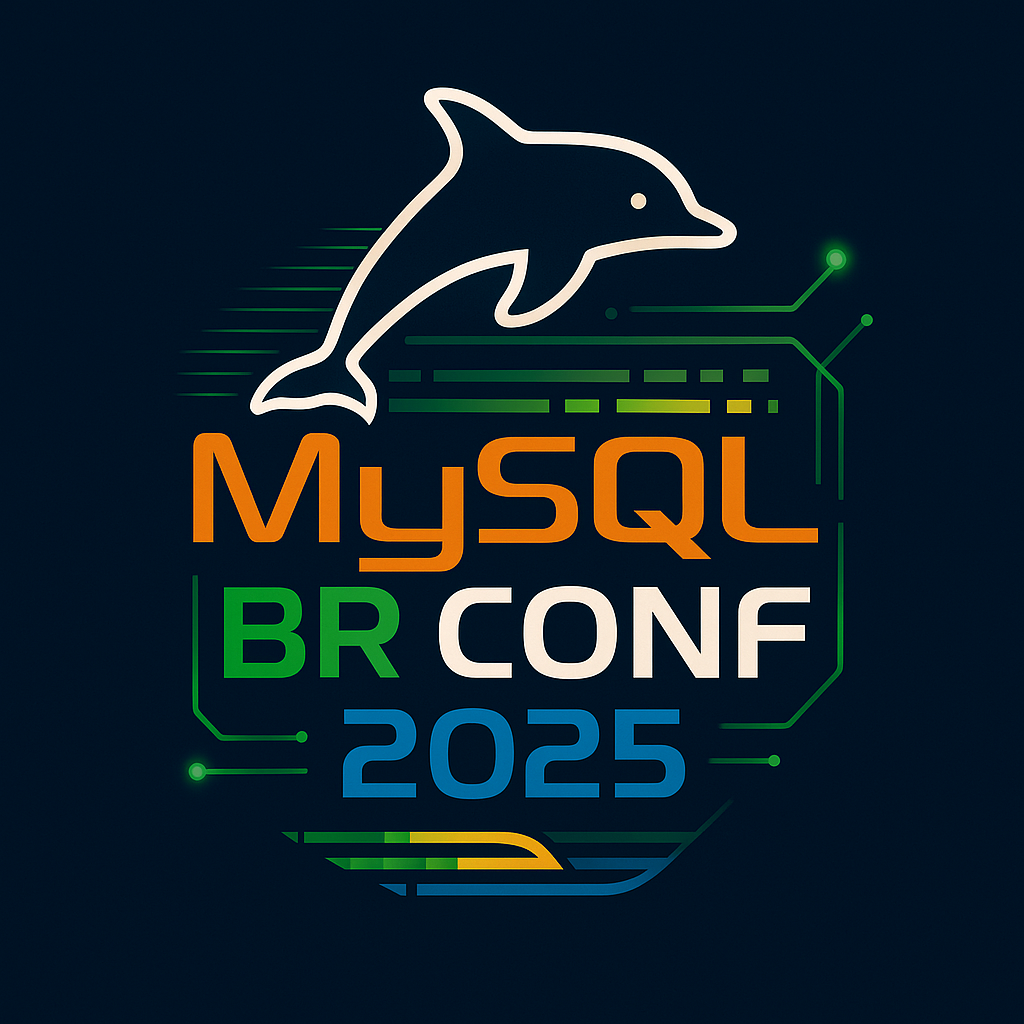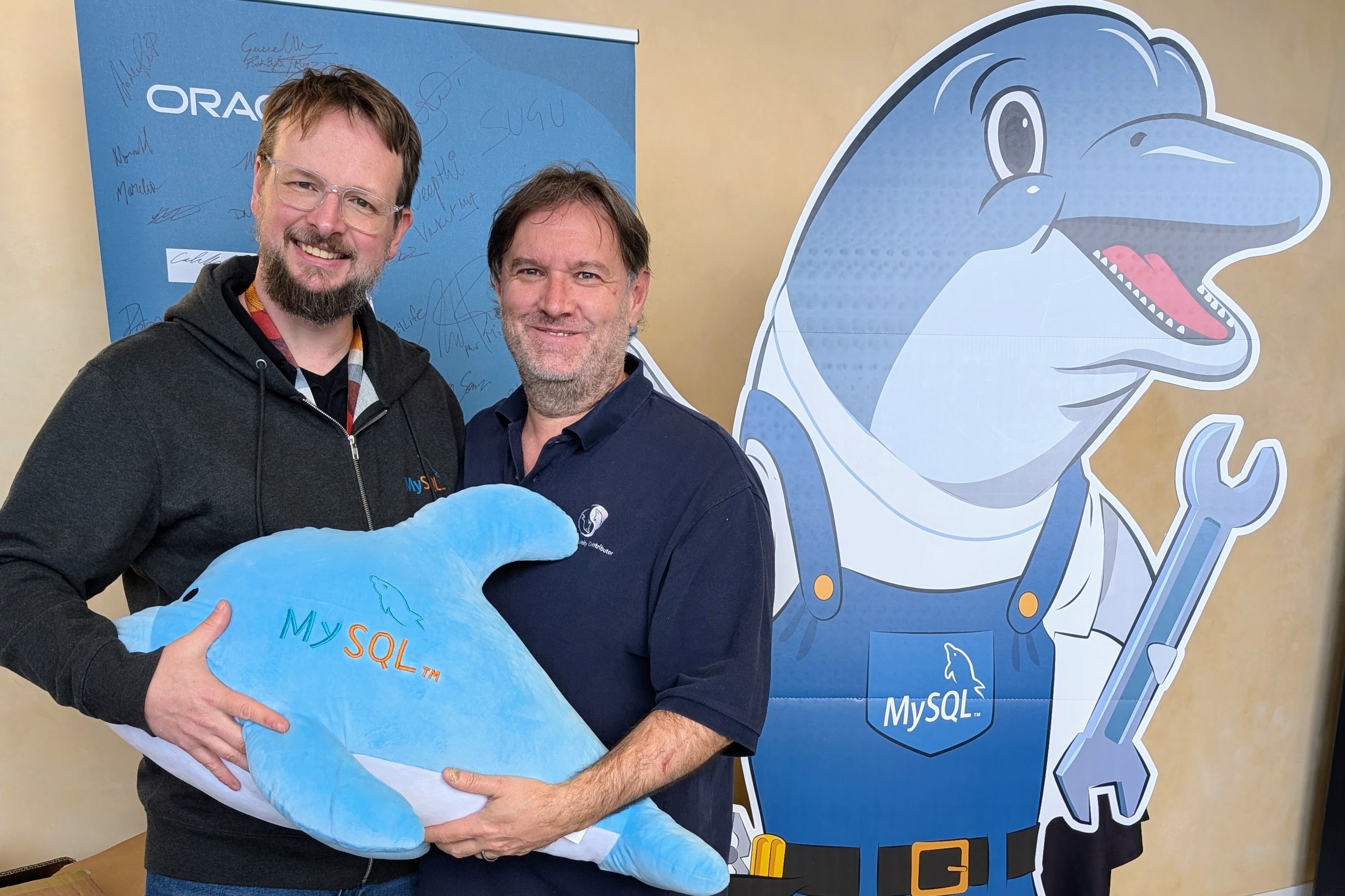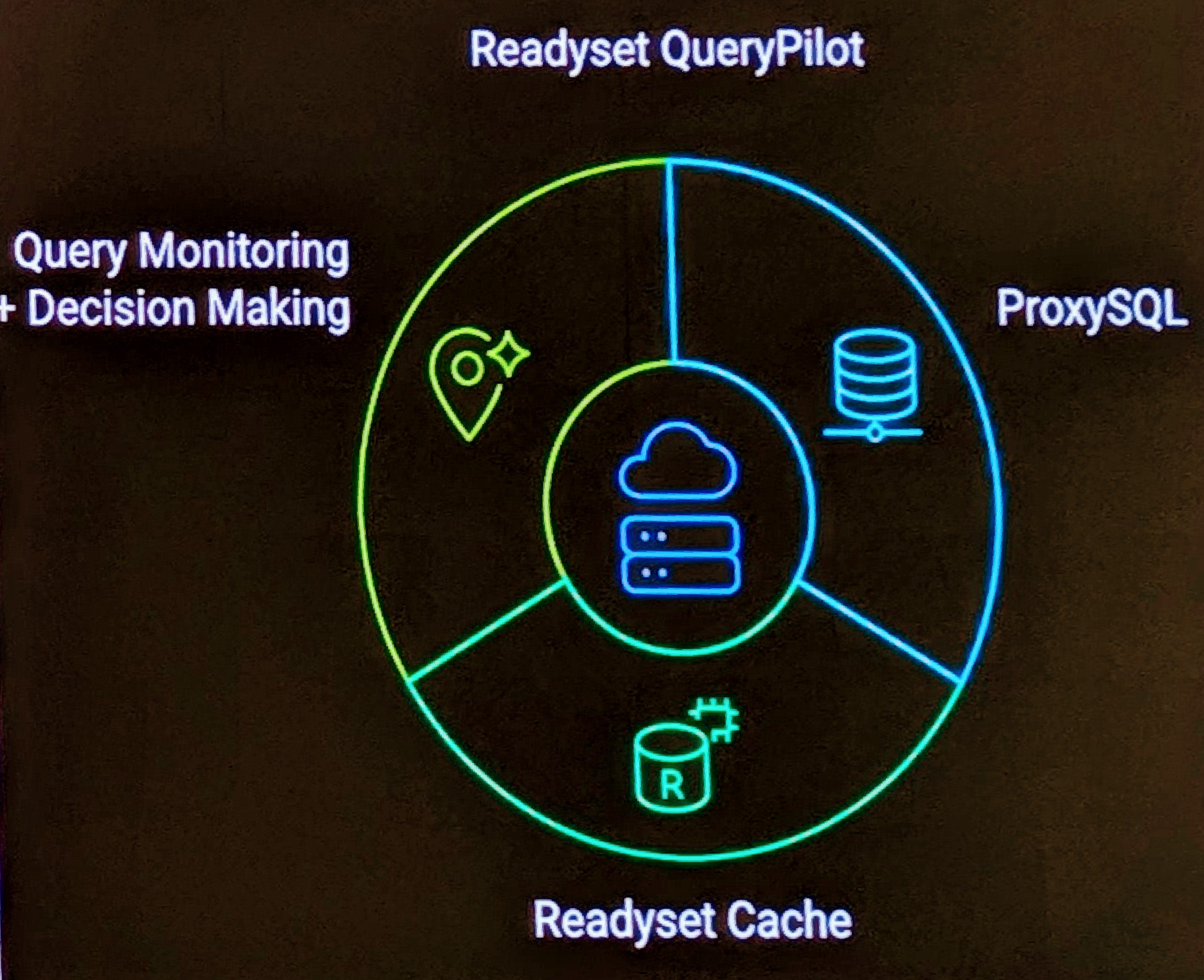I am pleased to have been selected to present at Percona Live 2021 May 12-13. My presentations include talks on AWS RDS Aurora and QLDB managed services.
Understanding AWS RDS Aurora Capabilities
The RDS Aurora MySQL/PostgreSQL capabilities of AWS extend the HA capabilities of RDS read replicas and Multi-AZ.
In this presentation we will discuss the different capabilities and HA configurations with RDS Aurora including:
- RDS Cluster single instance
- RDS Cluster multiple instances (writer + 1 or more readers)
- RDS Cluster multi-master
- RDS Global Cluster
- RDS Cluster options for multi-regions
Each option has its relative merits and limitations. Each will depend on your business requirements, global needs and budget.
This presentation will include setup, monitoring and failover evaluations for the attendee with the goal to provide a feature matrix of when/how to consider each option as well as provide some details of the subtle differences Aurora provides.
This presentation is not going to go into the technical details of RDS Aurora’s underlying infrastructure or a feature by feature comparison of AWS RDS to AWS RDS Aurora.
A QLDB Cheatsheet for MySQL Users
Amazons new ledger database (QLDB) is an auditors best friend and lives up to the stated description of “Amazon QLDB can be used to track each and every application data change and maintains a complete and verifiable history of changes over time.”
This presentation will go over what was done to take a MySQL application that provided auditing activity changes for key data, and how it is being migrated to QLDB.
While QLDB does use a SQL-format for DML, and you can perform the traditional INSERT/UPDATE/DELETE/SELECT. The ability to extend these statements to manipulate Amazon Ion data (a superset of JSON) gives you improved data manipulation, and for example the FROM SQL statement.
Get a blow by blow comparison of MySQL structures (multiple tables and lots of columns) and SQL converted into a single QLDB table, with immutable, and cryptographically verifiable transaction log. No more triggers, duplicated tables, extra auditing for abuse of binary log activity.
We also cover the simplicity of using X Protocol and JSON output for data migration, and the complexity of AWS RDS not supporting X Protocol


